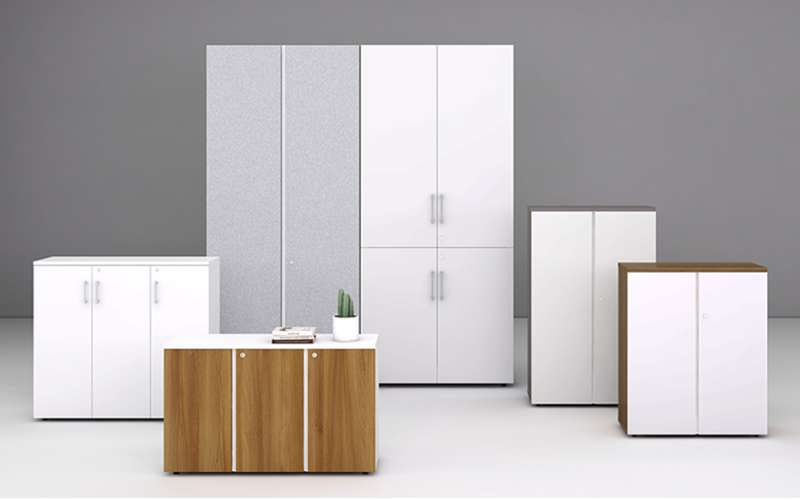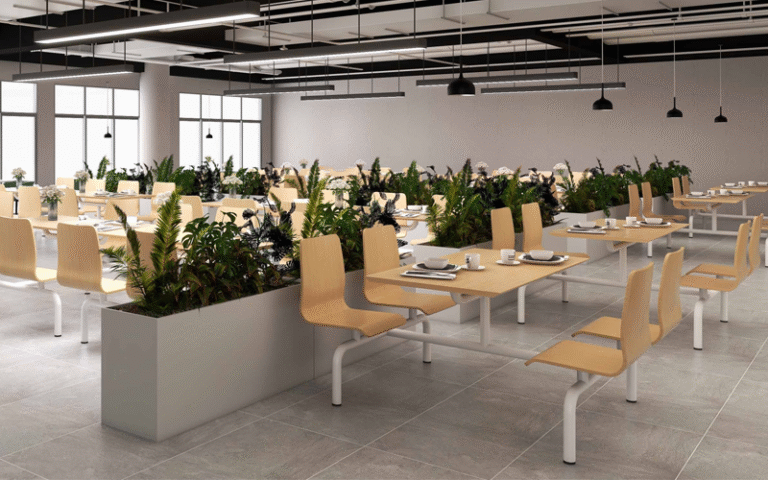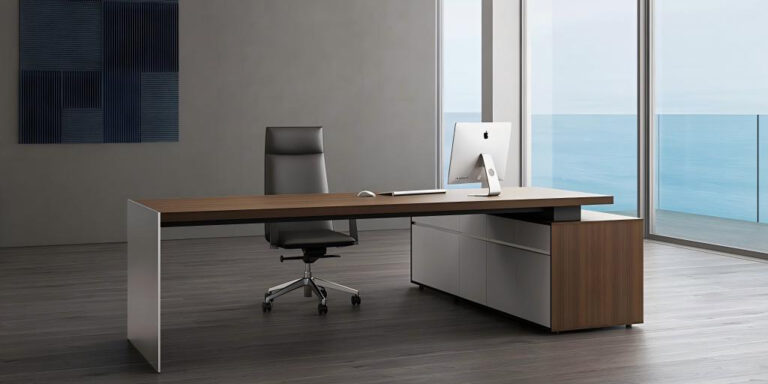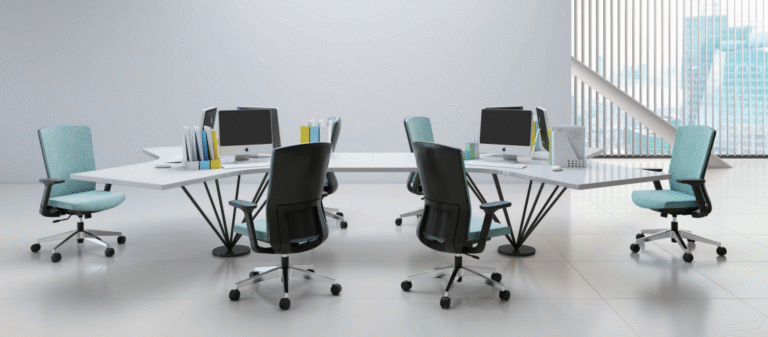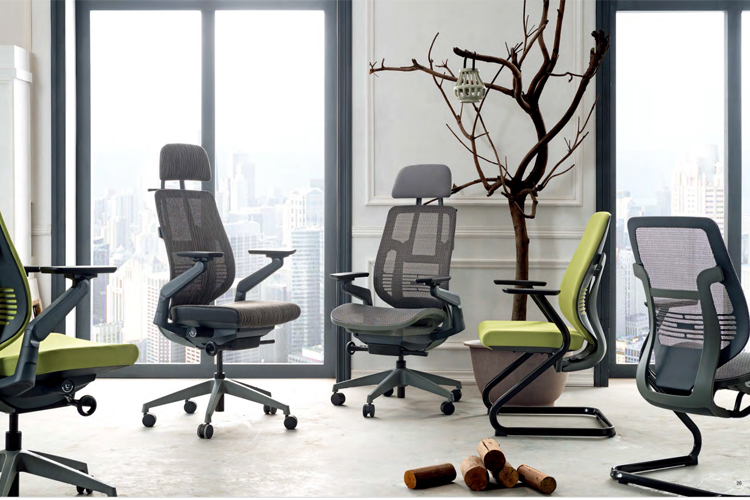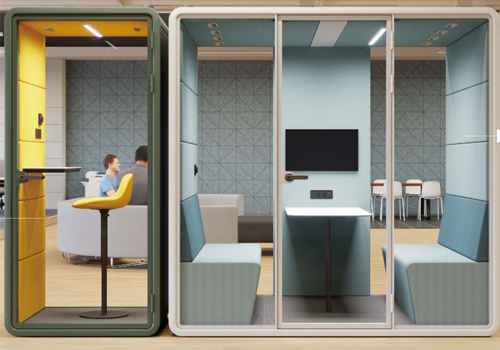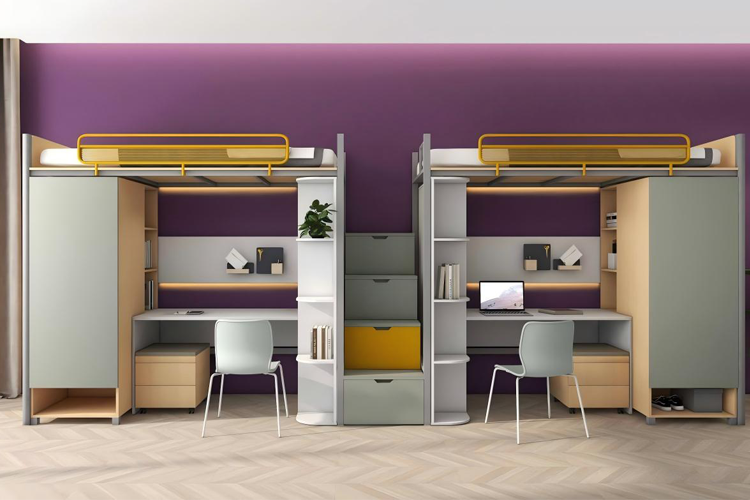How to Buy File Cabinets for Your Office

Lost another important contract in the paper pile? You’re not alone. Most offices waste hours every week searching for misfiled documents. The right file cabinet fixes this. It keeps your records secure and easy to find.
Good storage solves real problems. Lawyers need locked cabinets for client files. Doctors require HIPAA-compliant storage. Creative teams want quick access to inspiration. The wrong choice costs money and time.
You don’t need to be an expert. Let’s discuss why cabinets matter. Then explore your options. Finally, make a choice that works for years.
Let’s get started.
The Importance of File Cabinets in Your Office
Every office manages important documents including contracts, invoices and employee records which must not get lost. They are more than just cabinets; organized file cabinets can save hours searching for important data while safeguarding security. Industries subscribe to compliance like the healthcare and the legal one have to abide by law.
Why Do Offices Absolutely Need File Cabinets?
File cabinets keep your office running smoothly. A failure to employ them will result in lost documents, wasted time and stolen information. A medical office, for instance, uses locked steel cabinets to keep patient records safe and to maintain HIPAA compliance. A law office uses them for the safe storage of case data. Store organized invoices, contracts and tax records; even small businesses need them.
The right file cabinet system saves hours every week. Employees are no longer wasting time searching for lost papers. Instead, everything has a designated place. This saves time and energy and reduces stress A neat and tidy office gives a professional impression to clients. When they see secure document storage, they trust you more.
How File Cabinets Enhance Your Office Efficiency?
A cluttered workspace slows down productivity. Paperwork takes up too much desk space. Important papers get buried. Everything will be in their respective places with a filing cabinet. It’s like an accounting firm storing financial records in drawers with labels making tax season easier. A design studio utilizes lateral cabinets to keep blueprints flat and safe.
Efficiency isn’t just about speed—it’s also about security. Never leave out sensitive files for all onlookers to see Locking files cabinets allow access to files by only authorized personnel. For more sensitive sectors (such as legal, financial, and healthcare), privacy is of utmost importance.
Things can go wrong without file storage.
Without file cabinets, offices are always messy. When papers are misplaced, their projects and client services are delayed. For instance, a realty firm might misplace a signed agreement, leading to legal issues. A small business may be unable to find vendor invoices. As a result, they pay them late. This can cause bad relationships.
Not storing document properly becomes a security risk. Sensitive employee records, financial statements, client details can end up in the wrong hands. A fireproof cabinet can act as an insurance against an unlikely event.
Do We Still Need File Cabinets in Today’s Digital World?
Even when everything is kept on a computer, document storage remains necessary. Many industries require paper records for compliance. Original signed documents and archival materials are often required to be filed securely. Some companies also like having backups if tech problems happen.
You should use a combination of methods. You should keep your most crucial hard copies in file cabinets and organize your digital files in an easy-access system. This makes sure nothing gets lost from a cyber thing or just a pile on a desk
The Types of File Cabinets
Office storage needs vary dramatically – what works for a law firm won’t suit a creative agency. The right file cabinet solves your specific document challenges while fitting your workspace. Here’s how different types address common office needs.
File Cabinet Types by Size
High-Back File Cabinets
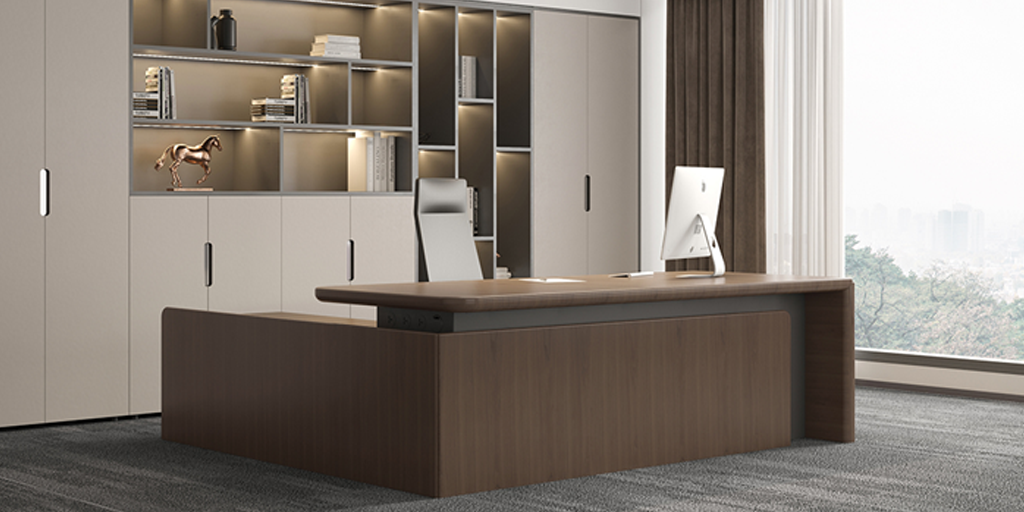
These tall units maximize vertical storage, perfect for archives or records rooms. Their full-height design typically offers 4-6 drawers, with each drawer holding letter or legal-size files. Hospitals often use these for patient records that must be kept for years.
Low-Back File Cabinets
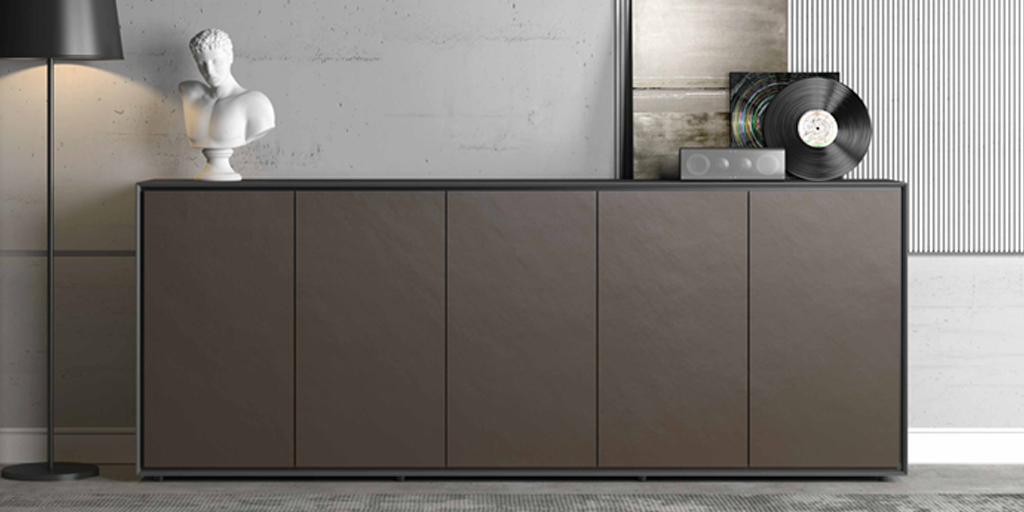
Shorter than standard cabinets, these fit under windows or in tight spaces. With 2-3 drawers, they’re ideal for active files needed daily. Real estate offices frequently choose them to keep current property files accessible without overwhelming small spaces.
File Cabinet Types by Material
Laminate File Cabinets

The most budget-friendly option, laminate resists stains and scratches from daily use. The smooth surface cleans easily with just a damp cloth. Call centers often select laminate cabinets for their durability in high-traffic areas.
Wood Veneer File Cabinets
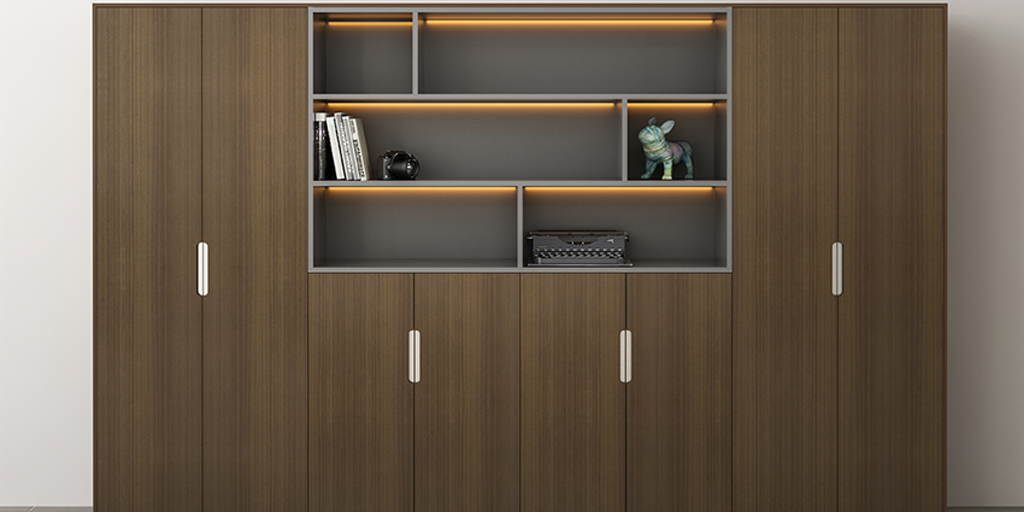
These bring warmth and professionalism to executive suites. The thin wood layer over composite core matches office furniture while keeping costs reasonable. Many law firms prefer wood veneer for their conference rooms and partner offices.
Steel File Cabinets
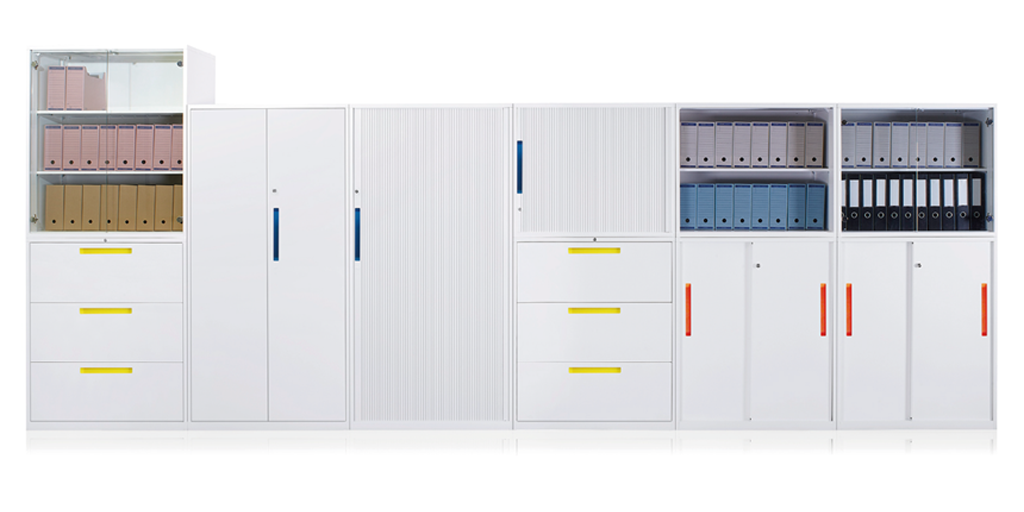
The most secure and durable option, steel withstands heavy use. Fireproof models protect important documents, while locking mechanisms secure sensitive files. Accounting departments handling confidential financial data typically require steel cabinets.
File Cabinet Types by Design
Lateral File Cabinets
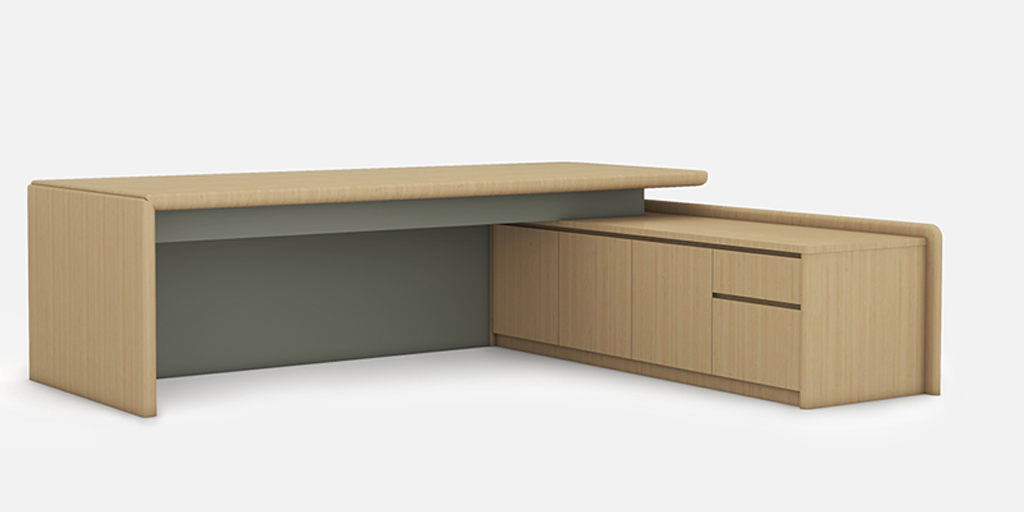
Files store sideways, allowing easier browsing of hanging folders. The wide drawers accommodate multiple files visible at once. Human Resources departments favor lateral files for quick access to employee records.
Mobile File Cabinets
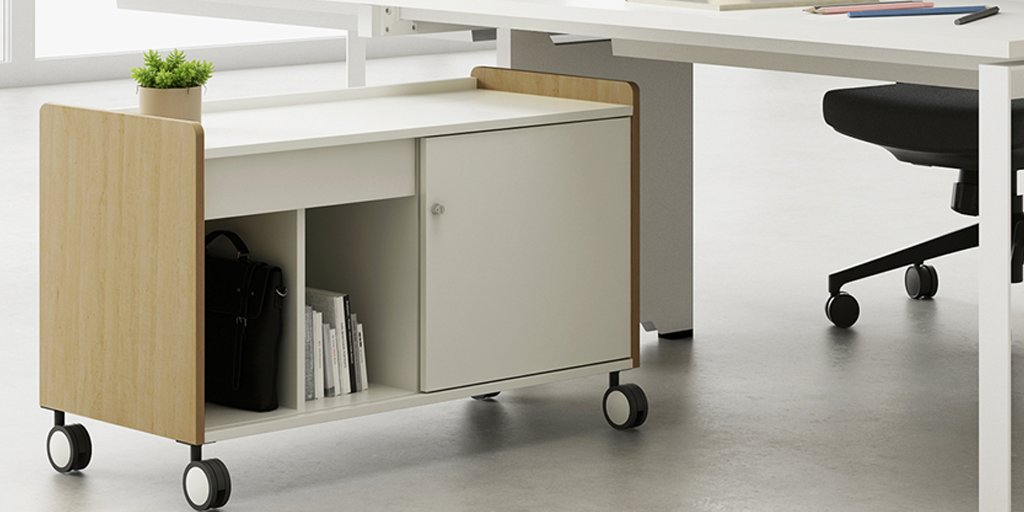
On locking casters, these roll wherever needed in open offices. The compact size fits between workstations. Advertising agencies often use mobile units for shared project files that move between teams.
Open Shelf File Cabinets
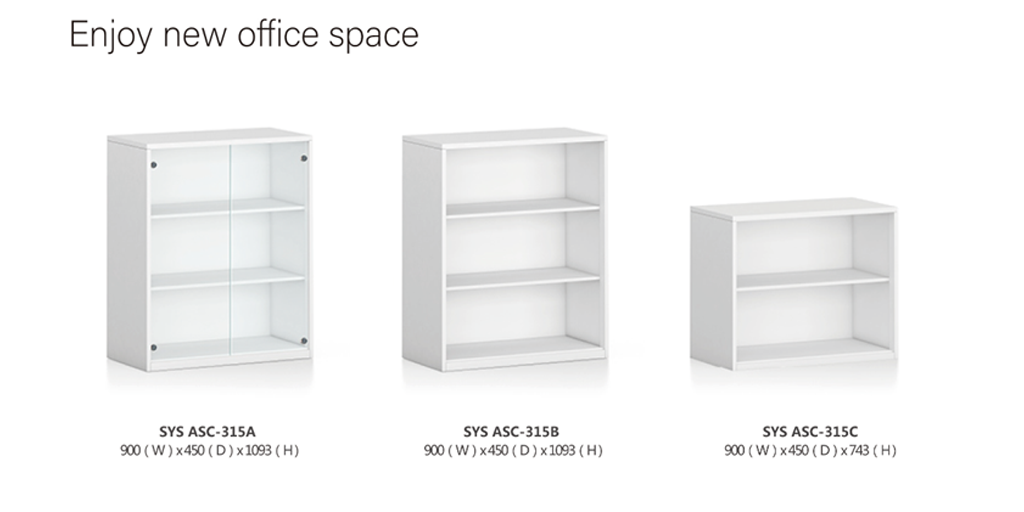
Without doors or drawers, these provide instant access to binders and boxes. The visible storage works well for frequently referenced materials. Architectural firms rely on open shelves for easy blueprint access.
Slide-Door File Cabinets
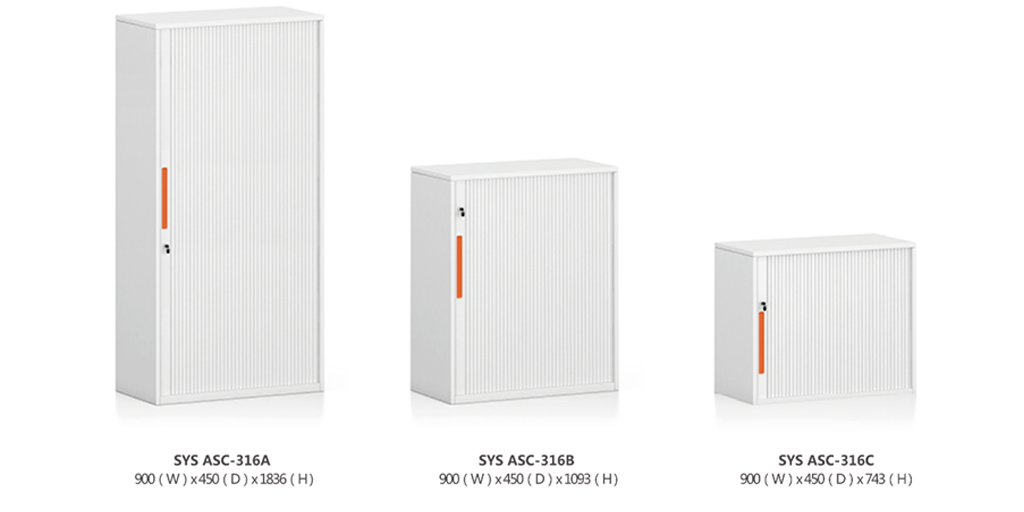
The sliding doors save space in tight areas while protecting contents. The smooth operation works well in narrow hallways or corners. Medical offices use them for maintaining patient privacy in small exam rooms.
Filing Storage Cabinets
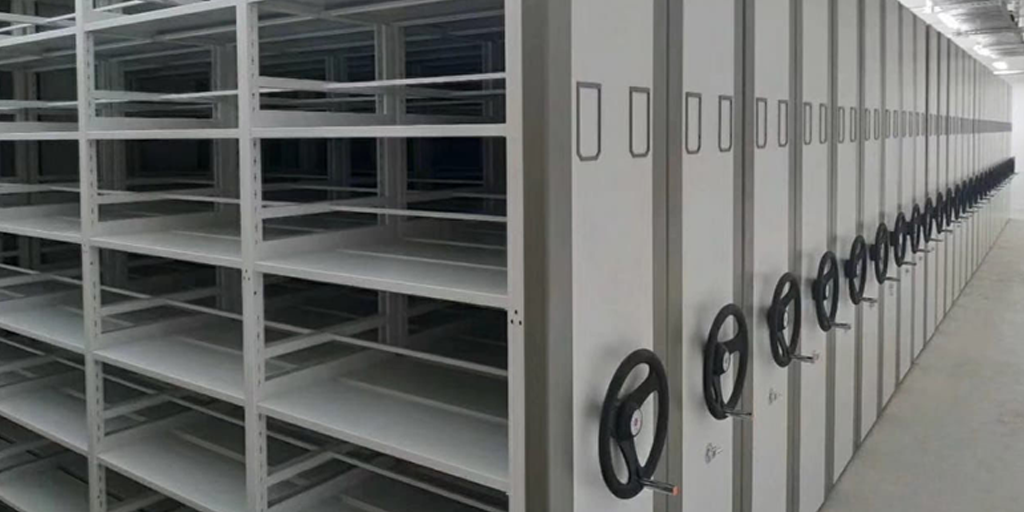
These specialized units have deep drawers for oversized items. The reinforced construction handles heavy loads. Engineering firms need them for storing large technical drawings and prototypes.
What to Consider Before Buying the Cabinet
A layout design is good to plan the look and function before selecting furniture. Designing your desk allows you to envision the arrangement. You need to think about how it will function in your daily work, what documents you’re storing, and how it fits into your office space. When you get these factors right, your cabinet will work for you and not against you.
What Steps Should I Take to Avoid Sizing Errors?
To begin, measure the space in your room. Then, take away 12 inches to accommodate for your chair. A lateral cabinet with a depth of 36 inches, for example, needs a clearance of 48 inches. A lot of offices forget to consider the swing of the door and the walk way and then get cabinets that block traffic. An accounting firm experienced this firsthand when their new cabinets rendered their cramped hallway unusable.
Take into account the cabinet’s size and the items you want to store on it. You might be able to fit a tall cabinet in your corner but it might be too deep for your files. Letter-size folders need about 15 inches while legal-size takes 18 inches of depth.
What Security Features Matter for Legal Documents?
Locking bars provide better security than basic key locks because they secure the entire cabinet, not just individual drawers. For legal or medical offices, look for UL 350 certified fireproof cabinets that protect documents for at least one hour in a fire. A law office in Chicago upgraded to these after a small kitchen fire nearly destroyed their client contracts.
The type of lock matters too. Electronic keypad locks provide better control and management compared to traditional locks especially in offices with more than one users. Some high-security models even have audit trails that track who accessed the files and when.
Can I Find Good Cabinets for Less Than $500?
Like trailer homes, laminate mobile units are affordable and durable. These start from $299. Stay clear of cabinets made with particle board if they’re under $150. They’ll get damaged easily. They don’t withstand daily use. A low-cost cabinet purchased by a small startup office collapsed after six months of heavy usage.
Most people find that steel cabinets in the $400 range are the best value. Opt for steel construction of at least 18-gauge and full-extension drawer slides. Certain office supplier’s offer discounted quality cabinets in refurbished way
Choosing the Right Material for Your File Cabinet
Choosing the wrong cabinet material will cause you both delays and expense. The choice of materials you’ll use will very much depend on how you will use the cabinet, where it’s going, and what you need to store. Let us look at which materials are best for the office.
When is a Laminate File Cabinet the Best Choice?
Opt for laminate if you want something economical and low maintenance. Office laminate cabinets are stain resistant and do not get scratched easily like wood. A medical office might choose laminate in their reception area as it wipes clean after messy patient paperwork. The coated surface provides resistance against coffee spills and pen marks.
laminate suitable for heavy traffic but not suitable for heavy papers Although it is cheap, thin laminate can chip off at the edges, later on. If you need extra durability look for thicker commercial-grade laminate.
Why Would an Office Pick Wood Veneer Cabinets?
Select wood veneer when appearance matters as much as function. The thin wood layer gives executive offices a professional look without solid wood’s high cost. A law firm might choose cherry veneer to match their conference room furniture while staying within budget.
Wood veneer shows fingerprints less than steel but requires more care. It needs occasional polishing and can dent if hit hard. Avoid wood veneer in damp areas since moisture makes the layers separate over time.
What Makes Steel Cabinets the Most Secure Choice?
Go with steel when security and durability top your list. These cabinets protect sensitive files better than other materials. A bank uses steel cabinets with combination locks for customer loan documents because they’re nearly impossible to break into.
Steel handles heavy use without damage. A 20-gauge steel cabinet lasts decades in busy schools or government offices. Look for powder-coated steel to prevent rust in humid climates. The main downside is steel shows dents and fingerprints more than other materials.
How Do Fireproof Cabinets Differ from Standard Models?
Pick fireproof cabinets for irreplaceable documents. These specialized steel cabinets have insulation that protects contents during fires. An accounting firm keeps tax records in a fireproof cabinet rated for 1,700°F for 30 minutes.
True fireproof cabinets cost more but meet strict safety standards. Check for UL 72 or EN 1047 certification. Remember – fireproof doesn’t mean waterproof, so important papers still need plastic sleeves in flood-prone areas.
Why Should You Choose ONMUSE File Cabinets?
ONMUSE designs file cabinets that actually work in real offices. Unlike cheaper alternatives that fail within months, their cabinets solve common storage problems with smart engineering. Here’s what makes them stand out:
Key Advantages of ONMUSE Cabinets:
- Commercial-Grade Security
- Steel cabinets feature pick-resistant locks that banks use
- Reinforced locking bars secure all drawers simultaneously
- Optional fireproof models protect documents at 1700°F for 1 hour
- Durability That Lasts
- 18-gauge steel construction resists dents and warping
- Industrial-strength drawer slides tested for 100,000+ cycles
- Scratch-resistant laminate finishes that won’t peel or fade
- Smart Customization Options
- Available in 12 standard sizes plus custom dimensions
- Modular designs that grow with your office needs
- 30+ color/finish options to match any decor
- Manufacturing Excellence
- CNC precision cutting ensures perfect alignment
- ISO 9001 certified quality control
- 5G-enabled factory reduces production errors
Conclusion: Choosing the Right File Cabinet for Your Office
A file cabinet can make your office less chaotic and more organized. When it comes to steel cabinets for secure documents or mobile units for shared workplaces, your cabinet selection will affect your daily run at work. Remember:
- Measure first – Account for clearance space and file sizes
- Prioritize security – Locking bars and fireproof options protect critical documents
- Match materials to needs – Laminate for budgets, steel for durability, wood veneer for style
ONMUSE cabinets stand out by solving real office problems with commercial-grade security and custom sizing options. Their precision manufacturing ensures drawers glide smoothly for years, not months.

